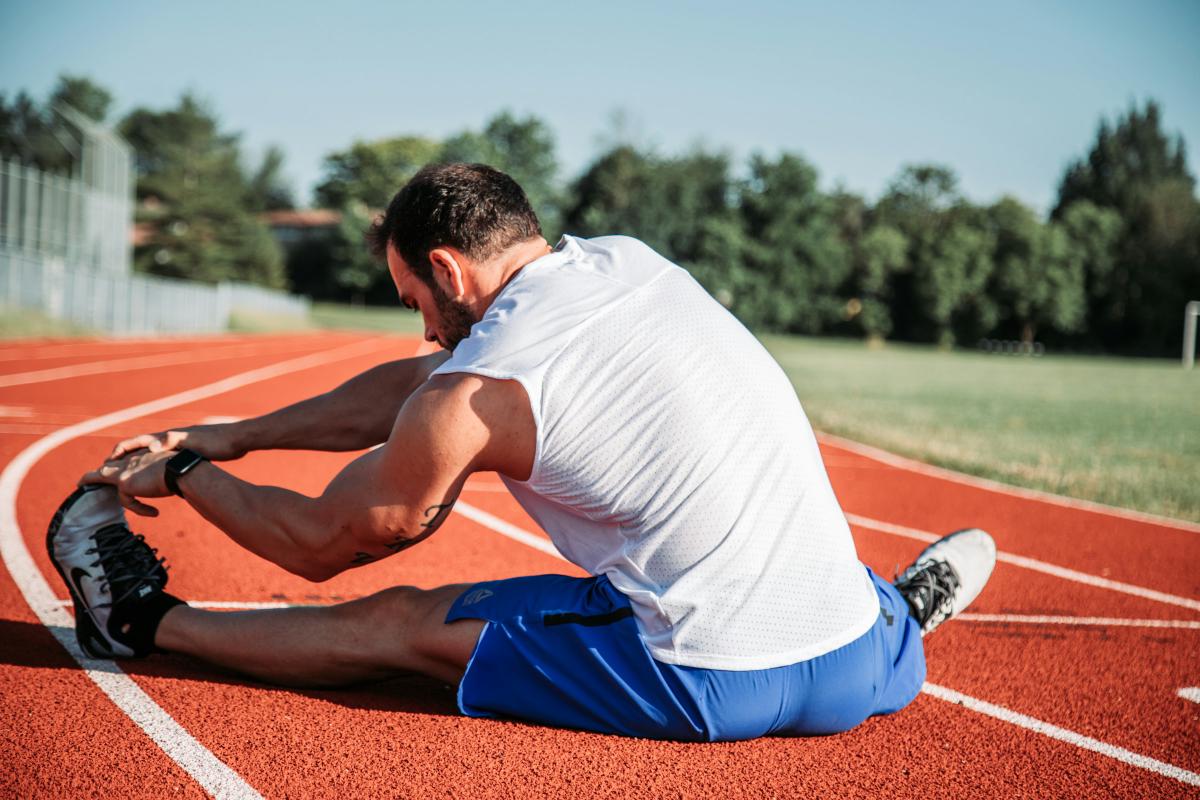Running injuries is a common topic that can quickly affect your ability to run and train. After years of running, I’ve got my share of injuries. Today, I’ll share the tips that helped me stay injury-free until today.
Warm up and cool down #
Ten years ago, I thought warm-up and cool-down were optional. In my early 20s, I could run fast from the start and never look back.
This was a big mistake.
This creates unnecessary stress for your muscles. Over the years, your body won’t have as much chance to adapt from the start, it can affect the joints and tendons too.
Having a decent warm-up of 15 to 20 minutes with dynamic stretch will help prepare your body for what’s coming next.
Similarly, taking 5 to 10 minutes to cool down will help get back to a resting state, and help the recovery.
Stretching #
Injuries come from overuse of a muscle, joint, or tendons. In my early days, I had the “chance” to experience injuries around my feet (Plantar fasciitis), knee (Iliotibial band syndrome), or hip issues.
In all those cases, the injury didn’t come because I ran too much, but because my body wasn’t flexible enough to engage the right area.
Due to my poor form, another group of muscles, joints, or tendons were compensating, which created this overuse.
Doing mobility exercises and regular stretching for recovery sessions helped improve flexibility in drastically reduce the risk of injury.
Strength #
My young self was quite ignorant of the benefits of building strength to support running. In my mind, if I wanted to be a better runner, I should focus on the running.
This isn’t wrong, but it’s incomplete: I had to do other things outside of running too. Building strength was part of it.
For the past two years, I added strength training exercises to my schedule. In those sessions, I target specific group muscles like the core, hips, or legs area.
Over time, I noticed that my legs were getting stronger, which helped to keep my knee and ankle straighter. This helped reduce the pronation effect I have.
Nutrition and hydration #
Like any other machine, your body needs the right fuel. This includes a balanced diet and fluids to make sure you can perform at your best.
A simple example is not drinking enough water with minerals during long runs. As you run and sweat, the level of minerals in your body, like sodium and potassium, will decrease and can create muscle cramps. Taking electrolytes during your training will help reduce this risk. This is especially important when running in hot weather.
Your diet can directly affect your ability to perform and make sure your body has all its needs for your running sessions.
Proper footwear #
It’s important to pay attention to the quality of your running shoes, how they support your foot, whether it has cushions or not, and make sure it’s the right size.
I used to run with shoes that didn’t support well my ankle and it took me years to realize it. Avoid focusing on the brand if you start, and try many shoes when possible. There are stores where you can even do a short run on a treadmill to see how it fits.
A good pair of shoes is the best investment to prevent expensive recovery sessions once you get injured. Trust me on that.
Recovery and rest #
It sounds obvious but it’s very important to take time to rest and recover between runs.
The quality of your sleep affects your ability to perform and go back for another run. This is the opportunity for your body to repair the muscles and handle the microscopic damage done.
Listen to your body #
If you feel the early stage of an injury or a new pain point starting? Take the lead and try to ice it, or massage it right after. It will help reduce the risk of getting a main issue later on.
In case of doubt, if something feels off, it’s better to take an extra rest day and take other actions (recovery, nutrition, stretching) until you feel better.
If it doesn’t go away, let’s not ignore it, go ask for a medical opinion. It can be frustrating to see your training plan getting delayed, but if the injury is too deep and you keep exercising, you could make things much worse and harder to fix.
I know it’s a lot of things to think about to stay injury-free. You don’t have to do it all at once. It took me years to get there, hopefully, you’ll get there faster than me and save a few medical visits.
Start small, take one, and apply consistently, eventually, you’ll get there and be able to avoid injury the whole year around.
- Photo by Alora Griffiths
